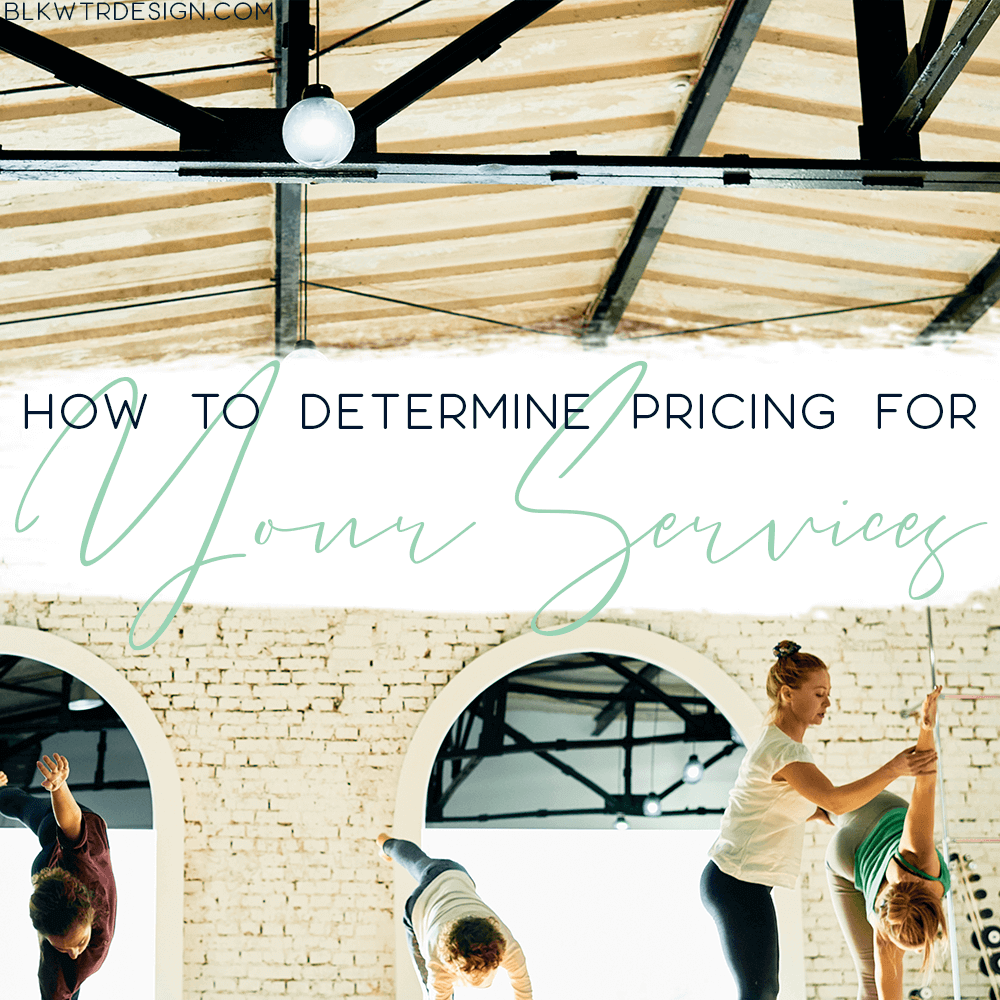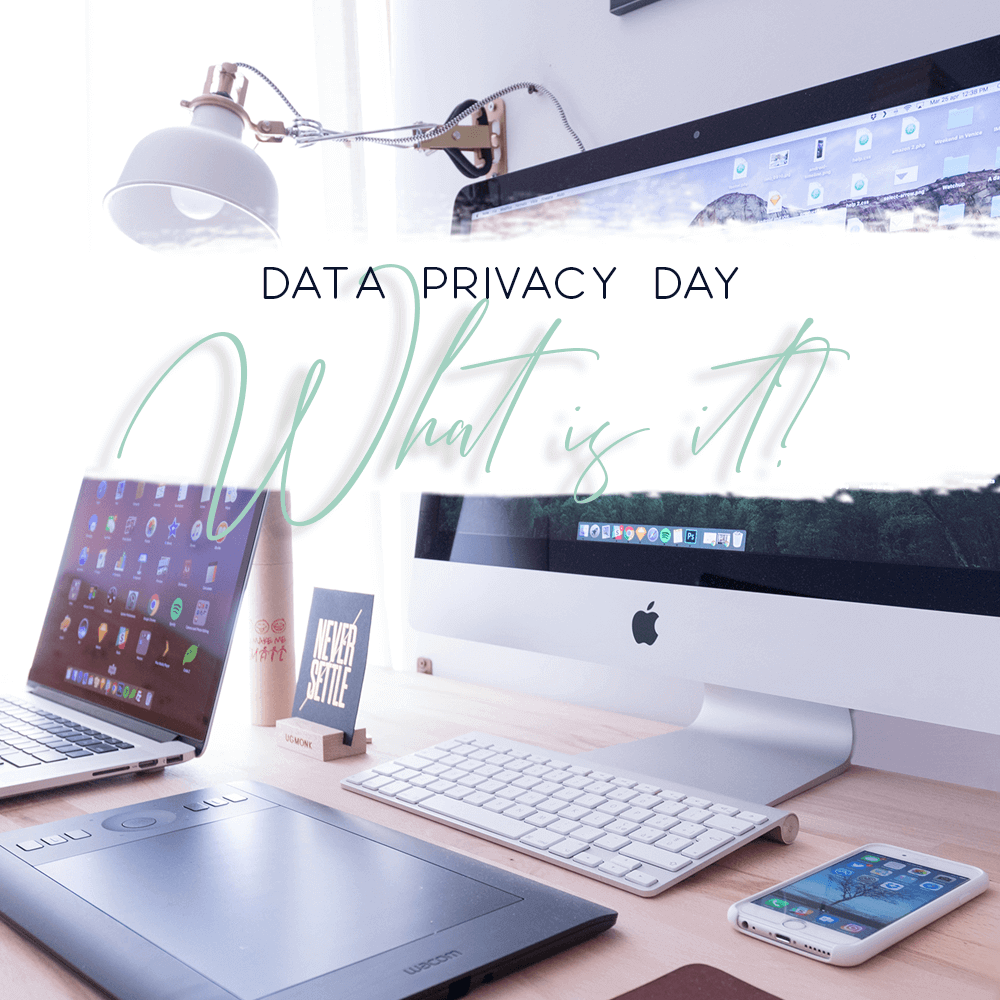What is a Bounce Rate, and Why is it Important?
 A site’s bounce rate is important because it tells you how well people are — or more importantly, aren’t — engaging with a webpage’s content or user experience.
A site’s bounce rate is important because it tells you how well people are — or more importantly, aren’t — engaging with a webpage’s content or user experience.
Bounce rate is calculated when someone visits a single page on your website and does nothing on the page before leaving. More specifically, a website’s bounce rate measures how many visitors leave a page without performing a specific action, such as buying something, filling out a form, or clicking on a link.
To quote the official “Google” bounce rate definition:
“Bounce rate is single-page sessions divided by all sessions, or the percentage of all sessions on your site in which users viewed only a single page and triggered only a single request to the Analytics server.”
So, what’s a good bounce rate?
This highly depends on how much content you have on your site. But generalizing, we’ve found the following is pretty standard across the board:
- Optimal bounce rate is usually determined to be under 40%.
- Average bounce rates are usually within the 41%-55% range.
- Above average rates are within the 55%-70% range.
- Above 70% = Bad
Now don’t panic if you’re above 70%. Remember you only need to get a visitor to just one more page to make that number lower.
So now that we know what bounce rate is and what “ideal” number we’re looking for, let’s look at how to reduce bounce rate easily for your website.
Optimize Your User Experience
A good user experience (UX) starts with a fast and well-structured website, but it goes way beyond that. In full, it’s the sum of visual elements, information, and interaction that meets certain expectations and exceeds them.
Again, use your ideal client as a reference. What do they want when they visit your site? What are they looking for? How can you lead them and even surprise them in positive ways?
Maybe a rework of your pages is what you need to be more engaging. Perhaps adding more Calls To Action would help guide them to where they’re hoping to go.
Responsive Websites Are “Queen”
With evolving technology, there is an expanding variety of screen sizes, input methods, and devices capabilities accessing your website.
A lot of bounce events happen when a user enters your site but can’t easily navigate, or visualize some of the information. A responsive site is developed to look good on any device — making sure you don’t lose views over something that’s pretty commonplace in today’s online world.
Use Interactive Content
There’s no better strategy to quickly engage people online than offering interaction.
But what exactly is “interaction”?
When you have interactive content on your website, you ask your user to take actions that will almost always lead to exploring, visiting other pages, and knowing more about you.
Some great examples are before and after sliders, quizzes, lookbooks. These can even be used on your landing pages to build deeper connections and make them stay longer. Interaction always keeps engagement high.
Improve Your Site’s Speed
Website users make up their mind about a website in the first couple of seconds. You don’t want to waste this time showing them a blank page loading scripts and downloading content.
Using tools like Pingdom and Google Page Speed, you can optimize every landing page on your site.
What’s the takeaway here? Bounce Rate is an important factor in your website’s health and growth in your online health and wellness business journey. Even though I went through all of this in depth information about bounce rates, make sure that above all, you’re meeting each connection with presence, and your full attention. Building relationships with clients and leads has never been more important than it is now.
Need help with your website?
Get in touch for your free consultation!






